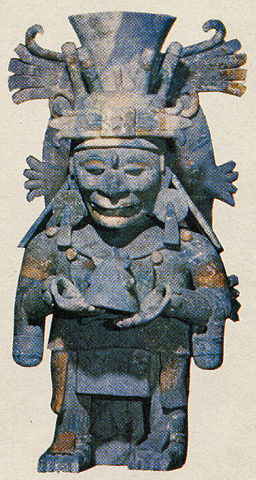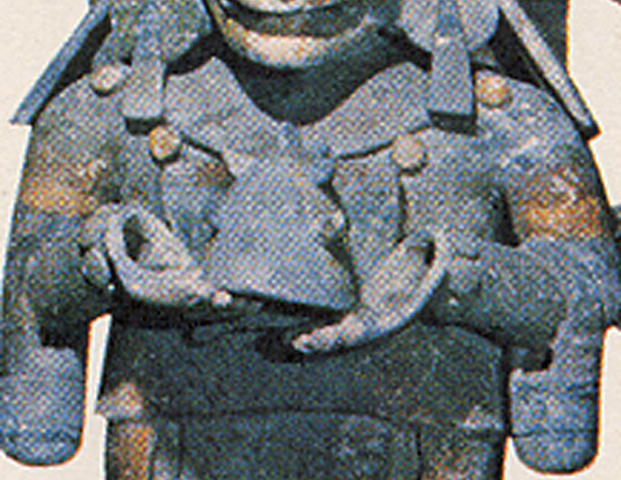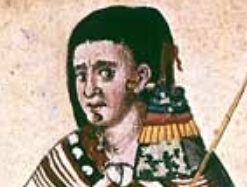Quetzalcoatl
The Aztec, Maya and Incas still retained a fragmented knowledge of the visit of Jesus Christ to the Americas, as recorded in the Book of Mormon. The Aztecs in the 1500's AD worshipped a God they then called Quetzalcoatl.
Throughout Mexico a “White Bearded God” was known by the name of Quetzalcoatl.
"The Maya, [native Indians], ...men either have no beards and moustaches at all, or only meager, sparse ones..." (The Ancient Maya, Sylvanus G. Morley, p. 21)
----------------------
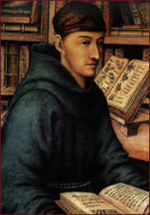 <<Bernardino de Sahagún, 1499-1590, a Catholic priest, wrote the following:
<<Bernardino de Sahagún, 1499-1590, a Catholic priest, wrote the following:
“Quetzalcoatl was esteemed and considered as a god, and was worshipped in older times. He had long hair and was bearded. The people worshipped only the Lord”. (Historia General de las Cosas de Nueva España, Mexico: Editorial Porrua, S. A., 1985, pp. 195, 598)
----------------------
An ancient Mesoamerica manuscript of Quetzalcoatl. Note: Quetzalcoatl has a beard.
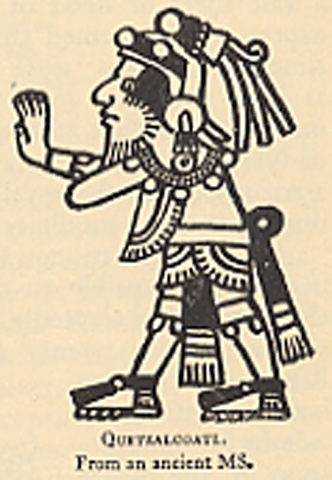
"…there is scarcely a sculptured wall or monument or a carved stone in Mexico or Yucatan that does not bear a representation of some form of the god Quetzalcoatl…” (A. Hyatt Verrill & Ruth Verrill, America’s Ancient Civilizations, 1953)
----------------------
In Mexico Valley and by the Aztecs he was called "Quetzalcoatl".
In the Yucatan he was known as "Itzamná" or "Itzan Na" and later he was called "Kukulcan".
The most prominent name by which he was known in Peru was "Viracocha". Also, he was called "Tonapa", "Others called him "Huemac" "on account of his great virtues" (Milton R. Hunter, Ancient America & the Book of Mormon)
This God, Quetzalcoatl, had various other names and spellings by different writers some of which are as follows: Quetalcohuatl, Quetzalacoatl, Quecalcoatle, Montezuma, Motecuhcuma.
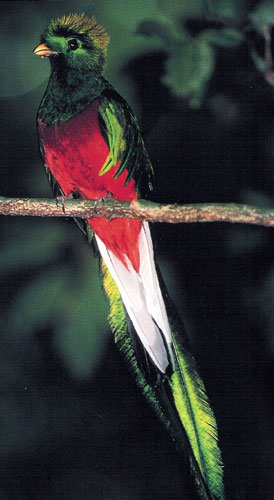 Quetzal is the name of a beautiful bird with resplendent long green feathers, found mainly in the highlands of Chiapas, Guatemala, and Honduras.
Quetzal is the name of a beautiful bird with resplendent long green feathers, found mainly in the highlands of Chiapas, Guatemala, and Honduras.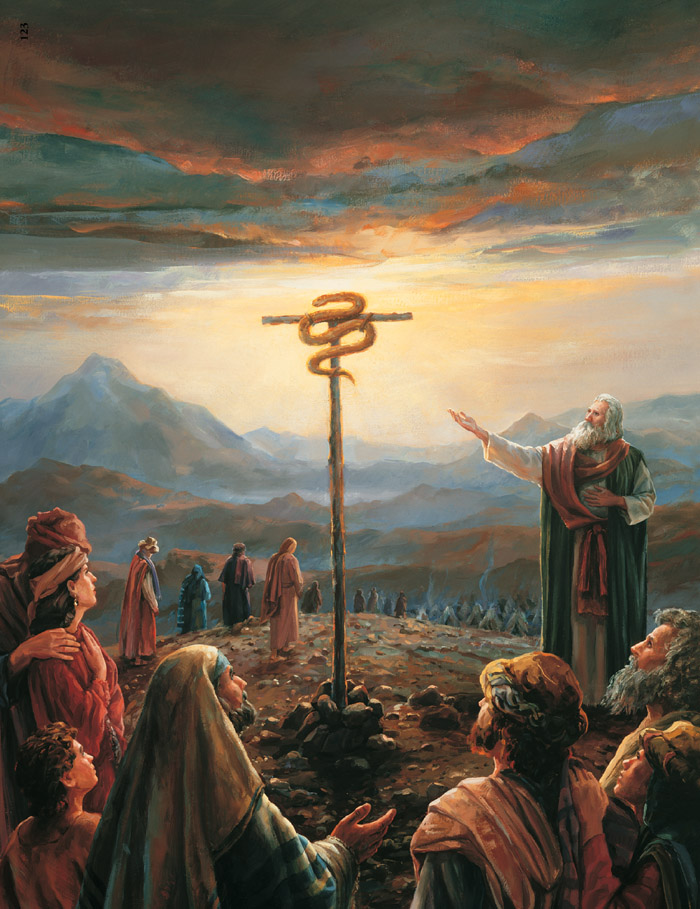 Also, coatl, or serpent, was an ancient symbol of Israel’s Anointed One. And they adopted also another symbol, the serpent or rattlesnake. Coatl is the ancient Mexican word for serpent. Thus, the Indians commemorated their “White Bearded God” with the symbol of “Quetzal-bird serpent” or Quetzalcoatl.” (Milton R. Hunter, Archaeology and the Book of Mormon, p. 30-31)
Also, coatl, or serpent, was an ancient symbol of Israel’s Anointed One. And they adopted also another symbol, the serpent or rattlesnake. Coatl is the ancient Mexican word for serpent. Thus, the Indians commemorated their “White Bearded God” with the symbol of “Quetzal-bird serpent” or Quetzalcoatl.” (Milton R. Hunter, Archaeology and the Book of Mormon, p. 30-31)The following carved statutes are examples of a fallen-away pagan representation of the God the Aztecs called Quetzalcoatl.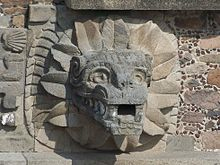 From Teotihuacán Mexico
From Teotihuacán Mexico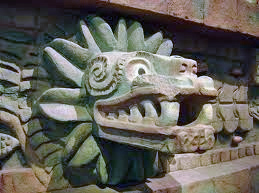 From Chichén Itzá Mexico
From Chichén Itzá Mexico
-------------------
Even though the Nephites were destroyed and the Lamanites had fallen away and rejected the Gospel of Jesus Christ. The Nephites originally had the "Books of Moses". Thus, future generations of Aztecs, and Mayas still had bits and pieces of information correlating Jesus Christ to a serpent. (1 Nephi 5:11)
The Nephites were taught "...as many as should look upon that serpent should live, and even so as many as should look upon the Son of god...might live, even unto life which is eternal." (Helaman 8:14-15) Between 23 BC & 20 BC
----------------------
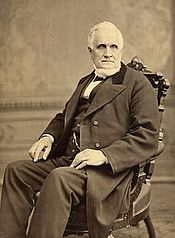
<< President John Taylor, 3rd President of The Church of Jesus Christ of Latter-day Saints
“The story of the life of the Mexican divinity, Quetzalcoatl, closely resembles that to the Savior; so closely indeed, that we can come to no other conclusion than that Quetzalcoatl and Christ are the same being. ...the history of... [Quetzalcoatl], has been handed down to us through an impure Lamanitish source, which has sadly disfigured and perverted the original incidents and teachings of the Savior's life and ministry." (President John Taylor, The Mediation and Atonement, (Salt Lake City: Desert News, 1882), 201.)
----------------------
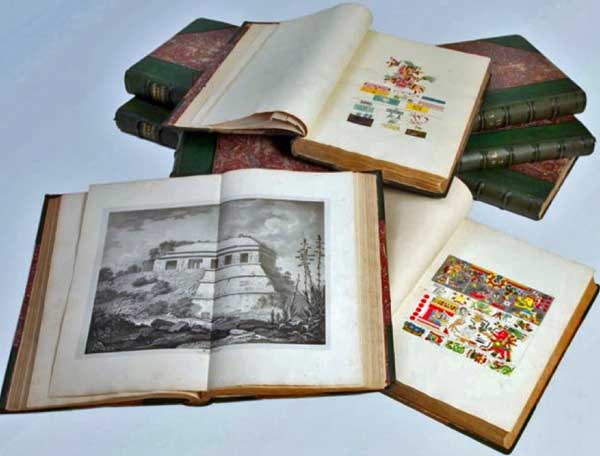 << Antiquities of Mexico by Lord Edward Kingsborough
<< Antiquities of Mexico by Lord Edward Kingsborough
The “Borgian MS” is a Mesoamerican Aztec manuscript or Codex.
“In the seventy-second page of the Borgian MS., Quezalcoatle is there painted in the attitude of a person crucified, with the impression of nails both in his hands and feet…”
“The seventy-third page of the Borgian MS. Is the most remarkable of all, for Quecalcoatle is not only represented there as crucified upon a cross of the Greek form…
Quecalcoatle is again represented as crucified in the seventy-fifth page of the Borgian MS and one of his hands and both his feet seem to bear the impressions of nails…” (Lord Edward Kingsborough Antiquities of Mexico)
----------------------
This pre-Columbus Mesoamerican “Borgian MS” as stated by Kingsborough, states that Quetzalcoatl is shown as someone being “crucified” “upon a cross” “with impressions of nails both in his hands and feet”.
Needless to say, that there is only one God, that we have a record of, as being “crucified” “upon a cross” “with impressions of nails both in his hands and feet”. That God as recorded in the Bible and the Book of Mormon is Jesus Christ.
The resurrected Jesus Christ came to the Nephites, -- "...Quezalcoatle...with the impression of nails both in his hands and feet, but not actually upon a cross..." He was the living resurrected Christ who came down out of the sky with the impressions or the prints of the nails in his hands and feet. (The Bearded White God of Ancient America: The Legend of Quetzalcoat, p. 111)
----------------------
When Lord Edward Kingsborough came across this pre-Columbus Codex.
Kingsborough knew nothing about The Book of Mormon record. And Joseph Smith knew nothing about Kingsborough’s search for, gathering, compiling, and copying ancient Aztec, Maya, Mesoamerica records and information.
The Book of Mormon was published in 1830. Kingsborough’s first volume of “Antiques of Mexico” was published one year later in 1831. “Even in the “...1840’s”... “Kingsborough’s works had not reached America."
Kingsborough searched out, studied and copied Aztec, Maya, ancient “New World”, Mesoamerica Codex’s manuscripts and documents. In Kingsborough thus explains what these Codex drawings of “Quetzalcoatl" mean.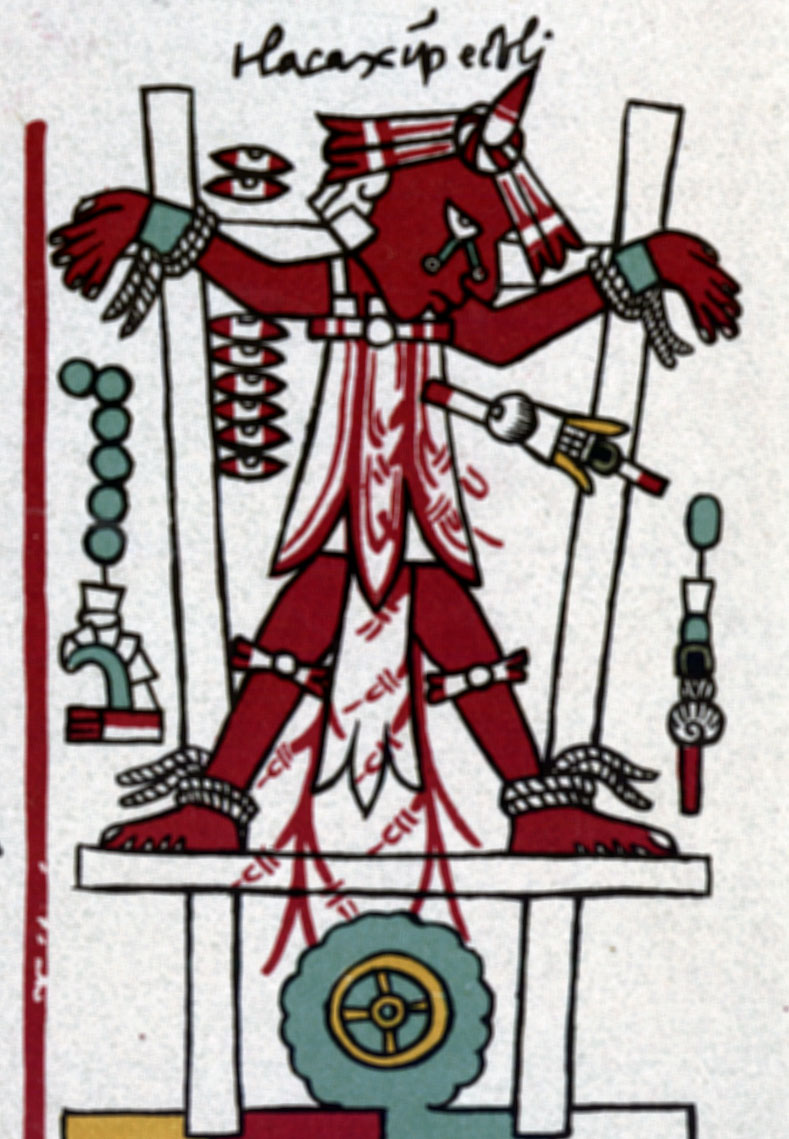
<< Pre-Columbus, Aztec Codex Nuttall p. 83/90
<< "The Crucifixion of Quetzalcoatl", [occurred at the time of the], "earthquake". (Borgianus Codex, Antiquities of Mexico, Vol. 8 p. 16)
Note: ("...the earthquake...") (Matthew 27:54) &"...it did shake the whole earth..." (3 Nephi 8:6) 34 AD
--------------
Kingsborough life’s goal was to search out, study and copy any and all of the Aztec, Maya, any ancient “New World”, Mesoamerica Codex’s manuscripts and documents that he could find. In Kingsborough studying of these many pre-Columbus Codex’s one which should be included in understanding who Quetzalcoatl was, various drawing of “Quetzalcoatl upon a cross”.
"…[there are] several…[Aztec] paintings… [which] represent Quetzalcoatl with his side pierced with a spear, and water [and/or blood], flowing from the wound..." (Kingsborough, Borgianus Codex, Antiquities of Mexico, Vol. 8, p.17 & 45)
“The Aztecs have a tradition of a God suffering and crucified named Quetzalcoatl, and of one [John the Baptist], preceding Him to prepare the way and call them to repentance. Tezcaltlipoca offered Him a cup, calling Him “Mu son,” of His unwillingness to taste and weeping bitterly after having drunk its contents; forsaking temporal kingdoms for spiritual, being called away by the Father. At His departure there were four earthquakes. He promised to return again and redeem His people." (A quote from Kingsborough, The Americas Before Columbus, p. 36)
There is only one God that I know of, who was upon a cross and had a "spear" pierce his side, that God was Jesus Christ.
Note: "... a spear pierced his side, and forthwith came there out blood and water." (John 19:34) & (3 Nephi 11:14-15)
-----------------
The following information is from archeologist, authors, researchers, Aztec, Maya and Peruvian historians and historical archives. None of the information has originated from any member of the Church of Jesus Christ of Ladder-Day Saints.
This information became available to the world years only after the Book of Mormon was already printed in the year 1830.
-----------------
"Quetzalcoatl according to ancient legend, was born of the virgin...to whom the God-above-gods once appeared...the Presence breathed and she conceived.... Her son was fair of feature and white of beard, he was the teacher of all the arts of life...." (Joseph Campbell, The Mythic Image, NJ: Princeton University Press, 1974, p. 172)
Compare: (Alma 7:10)
-----------------
"...He was known as [the] Creator." (The rise and Fall of Maya Civilization)
Compare: (Mosiah 3:8)
-----------------
"He was said to have been tall in statue, with white skin, long dark hair, and a 'white flowing beard." ( Mexico, Prescott & America's Civilizations, Vol. I, p. 62)
-----------------
"Quetzalcoatl was the voice at the sound of which the deluge [destruction] ceased." (Antiquities of Mexico Vol. 8 p. 29-30)
Compare: (3 Nephi 8:23) & (3 Nephi 9:1)
-----------------
“Quetzalcoatl stood for everything good and wise in the world” “When he descended to ground level through an opening in the sky, as if coming down the steps of a holy pyramid.…” (Neil Baldwin, Legends of the Plumed Serpent, p.34, 1998)
Compare: (3 Nephi 11:8) 34AD
-----------------
“The Mayans handed down believes of this God called “Itzam Na”, [a Maya name for Quetzalcoatl] was that he 'possessed of the power of healing by the laying on of hands... For his wisdom he was spoken of as the royal or noble master of knowledge'" (Daniel Brinton, American Hero-Myths)
Compare: (3 Nephi 17:7). 34AD
-----------------
“Itzam Na,", [or Quetzalcoatl], "was also... able to cue the sick and even bring the dead to life.” (Eric S. Thompson, The Rise and Fall of Maya Civilization, p.229)
Compare: (3 Nephi 11:8) 34AD & (3 Nephi 23:11) 34AD
-----------------
“And long ago, according to the neighboring Totonac peoples…,” Quetzalcoatl, “disappeared into heaven, but promised one day to return, bearing with him an era of delight and abundance.” (Neil Baldwin, Legends of the Plumed Serpent, p.31, 1998)
Compare: (3 Nephi 18:39) 34AD & (Act 1:9-11)
-----------------
"Quecalcoatle was…believed by the Mexicans, [Aztecs], to have had a prior existence to the creation of the world… and they styled him Creator, in allusion to their belief that he had a share in the creation of the world…" (Kingsborough's Antiquities of Mexico, Vol. 8 p. 30
Compare: (1 Nephi 17:36)
-----------------
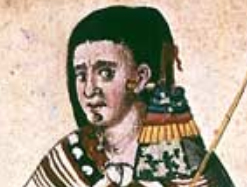 The Aztec Historian, Ixtlilxocitl, recorded the following:
The Aztec Historian, Ixtlilxocitl, recorded the following:
"Quetzalcoatl... hands were printed, or stamped...as testimony that what he prophesied would come to pass. His countenance was white, and he wore a beard." (1600 AD Aztec Historian, Ixtlilxocitl, info. not available until 1892.)
[The Dictionary definition of the words "printed or stamped", is as follows: "An indentation or mark left on a surface or soft substance by pressure, especially that of a foot or hand."]
Note: (3 Nephi 11:14-15). 34AD
----------------------
According to National Geographic, this pre-Columbus Aztec statute is a statute of Quetzalcoatl.
The significant thing about this statute of the God Quetzalcoatl is that Quetzalcoatl has holes in the palms of his hands.
<< A close-up picture of Quetzalcoatl's hands.
---------------------
Historical records indicate that because this God Quetzalcoatl and His visit to these ancient people was so important and of great magnitude, later other rulers, kings or nobleman took upon them the name and/or were referred to as Quetzalcoatl.
Ixtlilxóchitl records the following;
“…a tenth-century king or nobleman, named Topiltzin, who sometimes was called by the name of the Mexican God Quetzalcoatl, or its Maya counterpart Kukulcan because he was a priest or worshiper of the “White Bearded God”.
----------------------
This God Quetzalcoatl visited these ancient people and promised them that he would return at some future time.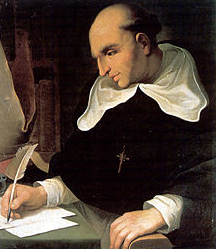 Bartolomé de las Casas, the first resident Bishop of Chiapas, Mexico recorded the following:
Bartolomé de las Casas, the first resident Bishop of Chiapas, Mexico recorded the following:
"Quetzalcoatl, the plumed serpent, was white, had a rounded beard, was tall, and came from the sea in the east, from whence he will return." (Los Indios de Mexico y Nueva España Antologiá, Mexico: Editorial Porrua, S. A., 1982, pp. 54, 218, 223)
----------------------
<<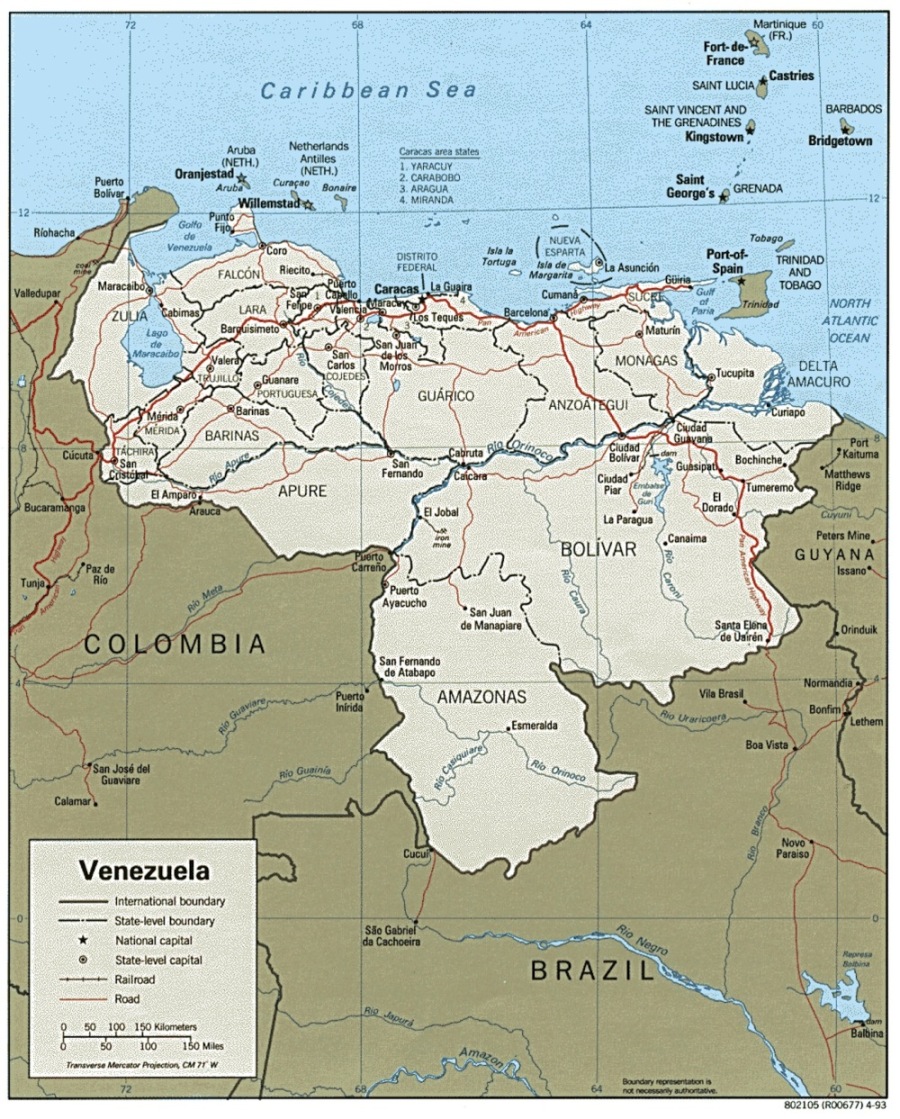 The Tamanacos Indian tribes in Venezuela have legend a God who was sent by His "Father".
The Tamanacos Indian tribes in Venezuela have legend a God who was sent by His "Father".
“[Amalivacá] had a face the color of the light fluffy clouds of the morning, and white was his long head of hair. … He said: ‘I am Amalivacá, and I come in the name of my father INA-UIKI’ ” (Ted E. Brewerton, Arturo Hellmund Tello, Leyendas Indígenas del Bajo Orinoco, trans. Buenos Aires, Argentina: Imprenta Lopez Peru 666, 1948, pp. 19–22)
Note: "...my father sent me." (3 Nephi 27:13). 34-35AD
------------------------------------------------
“Regardless of the name by which the white and bearded God was known, all of the Indian traditions were similar. This fact indicates that they came from a common source. All of the principal events of Christ's life—namely, his virgin birth, the marvelous missionary work that he did, the numerous miracles that he performed, his death, his internment for three days, his resurrection, his ascension into heaven, his final promise that he would come again—were found among the American Indians by the Catholic Fathers when they first visited various parts of the New World.” (Elder Milton R. Hunter, General Conference, April 1961)
-------------------------------------------------
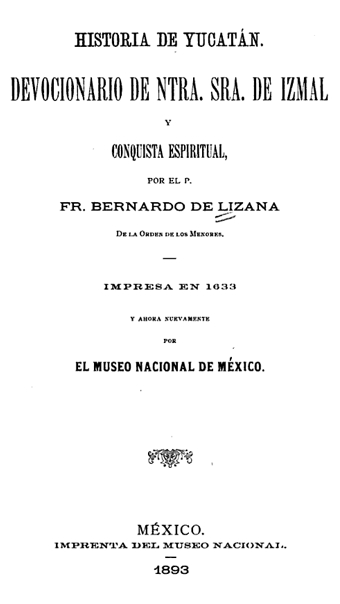
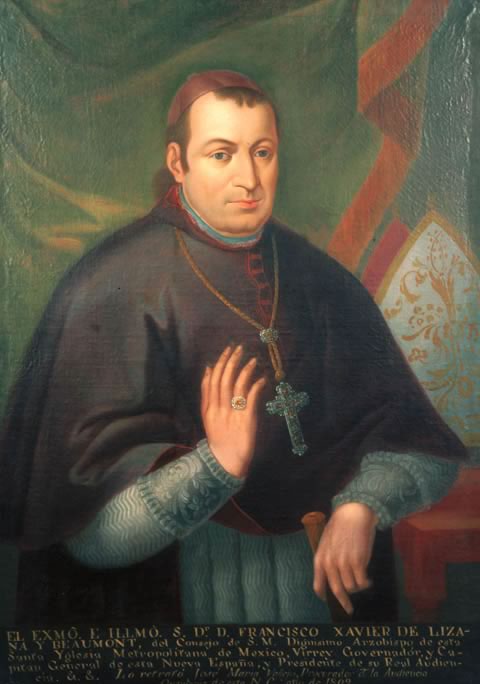 << The Catholic Father Bernardo de Lizana, "one of the most devout Catholic priests of his time," did missionary work among the Itza-Maya Indians of Yucatan during the first century of the Spanish Conquest. In his History of Yucatan and Spiritual Conquest, written in 1633,[Published in Spanish in 1893], Lizana maintained that "Chief of the beneficent gods [of the Itza-Mayas] was Itzamna" (Bernardo de Lizana, cited in T. A. Willard, Kukulcan the Bearded Conqueror, p. 127)
<< The Catholic Father Bernardo de Lizana, "one of the most devout Catholic priests of his time," did missionary work among the Itza-Maya Indians of Yucatan during the first century of the Spanish Conquest. In his History of Yucatan and Spiritual Conquest, written in 1633,[Published in Spanish in 1893], Lizana maintained that "Chief of the beneficent gods [of the Itza-Mayas] was Itzamna" (Bernardo de Lizana, cited in T. A. Willard, Kukulcan the Bearded Conqueror, p. 127)
Itzamna was a God, according to the Maya sacred books, who was held in the highest veneration, being regarded as a universal deity. Father Lizana informs us that the Indians claimed that this person was the Son of the Most High God. Itzamna had come to earth and had lived among the ancestors of the Itza-Mayas. He, according to Lizana, had taught the ancient inhabitants of Yucatan to read and write. He had given them their government and was the founder of their religion.
To quote the words of the Catholic Padre Lizana:
"Itzamna was called Kabul, the Skillful Hand, with which he performed miracles, curing the sick by placing his hands on them. He was a king, a priest, a legislator, a ruler of benevolent character, like Christ ...
"The people consulted him [Itzamna] about things that happened in some remote parts and he told them of present and future things."
"At the same time they carried their dead to him and he brought them back to life, and the sick got well, and for this he was greatly venerated and with reason, for if it were true that he was a Son of God, who only can give life to the dead, and health to the sick, since it is impossible for an ordinary man, nor the demons, but only the same God [whom the Christians worship], who is the Lord of life and death."
"The people . . . said he resurrected and cured them" (Bernardo de Lizana, cited in T. A. Willard, Kukulcan the Bearded Conqueror. pp. 151-152)
This above recorded information by Bernardo de Lizana matches exactly the events recorded in the Book of Mormon.
"...he,[Jesus Christ]...having healed all their sick...and raised a man from the dead..." (3 Nephi 26:15) 34AD
----------------------------------------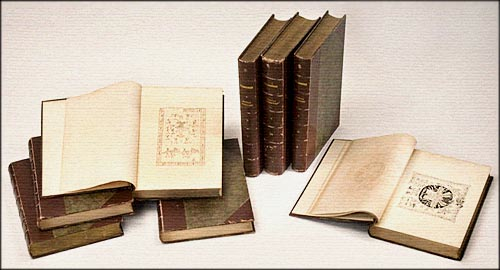 <<Antiquities of Mexico by Lord Edward Kingsborough
<<Antiquities of Mexico by Lord Edward Kingsborough
"The Aztecs have a tradition of a God suffering and crucified named Quetzalcoatl, and of one [John the Baptist], preceding Him to prepare the way and call them to repentance. Tezcatlipoca offered Him a cup, calling Him “Mu son,” of His unwillingness to taste and weeping bitterly after having drunk its contents; forsaking temporal kingdoms for spiritual, being called away by the Father. At His departure there were four earthquakes. He promised to return again and redeem His people.” (The Americas Before Columbus, p. 36 a quote from Kingsborough) “Even in the...1840’s...Kingsborough’s works had not reached America."
"He, [Quetzalcoatl], alone had a human body like that of a man, the other gods were of an incorporeal nature." (Antiquities of Mexico, Vol. 6 p. 112)
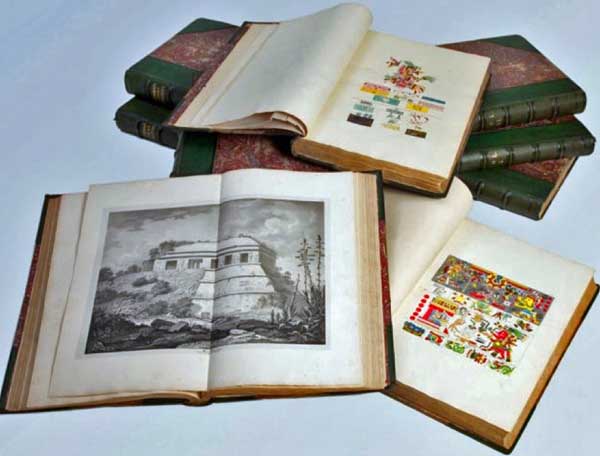 << Antiquities of Mexico by Kingsborough.
<< Antiquities of Mexico by Kingsborough.
"The Mexicans, [Aztecs], entertained the belief… Quecalcoatle, presided over destinies…the belief that Quecalcoatle would appear in the clouds of heaven… a name having been given to Cortes by the Indians of several provinces of New Spain fully indicative of that belief." (Antiquities of Mexico Vol. 8 p. 46)
Lord Edward Kingsborough had compiled enough information in his lifetime to, without doubt, know that the inhabitants of the New World Western Hemisphere were descendants of the Jews.
With the information that Kingsborough gathered throughout Europe, Kingsborough concluded, that the inhabitants of the New World believe in a God they then called Quetzalcoatl. This god was no other than Jesus Christ.
Lord Edward Kingsborough knew nothing about the Book of Mormon. Nor did Joseph Smith ever have available, know, or read anything in Lord Edward Kingsborough’s books. Lord Edward Kingsborough independently by his own research concluded the following:
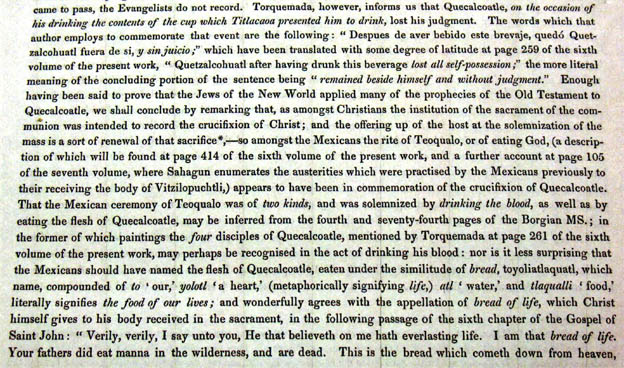 << A page from Antiquities of Mexico
<< A page from Antiquities of Mexico
“Enough having been said to prove that the Jews in the New World, [the Aztec, Maya, Incas], applied many of the prophecies of the Old Testament to Quecalcoatle….” (Lord Edward Kingsborough Antiquities of Mexico )
--------------------------------------
The Catholic friar, Diego Durán. He was born 1537. This man was a Jew, and he loved the Lord and became converted to Catholicism. He became a priest and then a Catholic friar. When he came across the ocean to Mesoamerica he recorded the ancient legends of the people, he said:
“I’m stunned! I find that they know so much about Christianity but we the Christians have just arrived! They teach us a lot about things like the Creation, the Tower of Babel, the confusion of the tongues . . .” “My church teaches not to talk about this, but,” “I’ve got to. There had to be a special man come to this land. I dare affirm it may have been one of the holy apostles.”
“That venerable man whom we call Topiltzin, Huímac or father, was, according to indigenous traditions, a chaste and penitent priest who had periods of miracles . . . we can probably consider him a holy man, an apostle that God sent to earth . . .”
"the Indians knew about the creation of the world in Genesis 2 before these conquerors arrived. They knew about the tower in Babylonia. They knew all these things and others through their ancestors and their families before them. I believe these native people are of the chosen line of God, by whom God did mighty works . . .”." (Ancient Texts Suport the Book of Mormon) (Ted E. Brewerton, Book of Mormon Archaeological Forum)
---------------------------
In speaking of the death of Itzamna, [or Quetzalcoatl], The Catholic Father Bernardo de Lizana wrote:
"Thus passed Itzamna, this reputed Son of God—perhaps our Christian God under another name, and the Itzas believed that his soul went to dwell with His Heavenly Father" (Bernardo de Lizana, cited in T. A. Willard, Kukulcan the Bearded Conqueror pp. 148-149)
[The "Itzás" are a Guatemalan people of Maya affiliation speaking the Itzá language. They inhabit the Petén department of Guatemala in and around the city of Flores on the Lake Petén Itzá.]
---------------------- 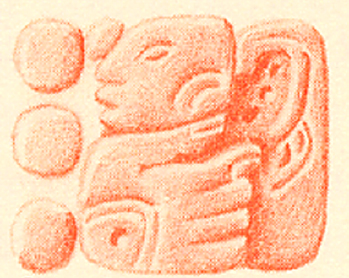 << A Hieroglyph from the pre-Columbus ancient city of Yaxchilan, Yucatan Peninsula.
<< A Hieroglyph from the pre-Columbus ancient city of Yaxchilan, Yucatan Peninsula.
Dr. J. Eric S. Thompson, one of America's outstanding archaeologists, referring to hieroglyphs as the one shown, stated the following:
"… It is virtually certain that the hand is the symbol of the God of the seventh day."
"The hand is… associated with Itzamna…" - [Quetzalcoatl]. (Dr. J. Eric S. Thompson, Maya Hieroglyphic Writings, P.76)
----------------------
In the pre-Columbus Western Hemisphere, the coming of the resurrected Jesus Christ to the Nephites was paramount. There are many pre-Columbus icon artifacts that have been found in Mesoamerica representing the resurrected Savior's hands carved in stone. The different icons, symbols and hieroglyphs show the Saviors hands with the prints of the nails in Jesus Christ's hands. These carvings give incredible archaeological evidence and testify to the world that the resurrected Jesus Christ did come to the Western Hemisphere in 34 A.D. as recorded in the Book of Mormon.
See: The Prints of the Nails in Jesus Christ's Hands.
-------------------------
In the New Testament there is an event that is recorded about the Savior's visit to the Spirit World, between, the Saviors death and His resurrection. This event is recorded in: 1 Peter:18-19
Compare: that to "The story of Quetzalcoatl going down to the underworld to rescue the bones of the Ancestors." (Neil Baldwin, Legends of the Plumed Serpent)
Additional information about Jesus Christ visit to the Spirit World, was given to us by Jesus Christ to one of His Prophets as recorded in Doctrine and Covenants 138.
----------------------
Additional Information
Serpent Symbolism, (Ted E. Brewerton, Book of Mormon Archaeological Forum)
Quetzalcoatl, Two Separate & Distinct Historical Beings, (Ted E. Brewerton, Book of Mormon Archaeological Forum)
